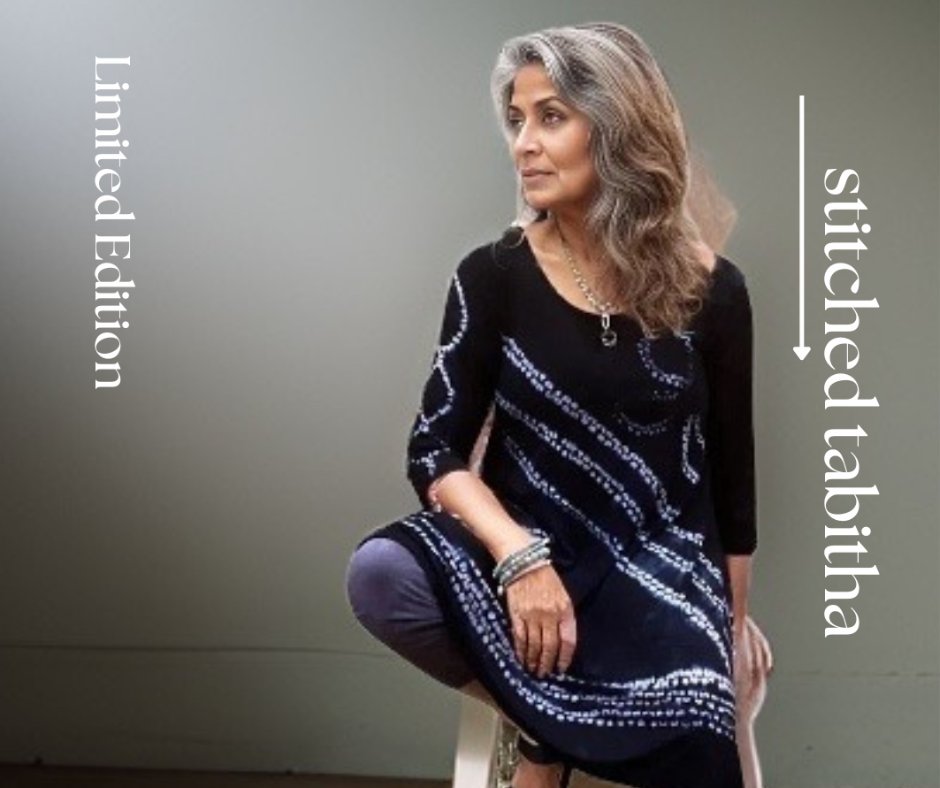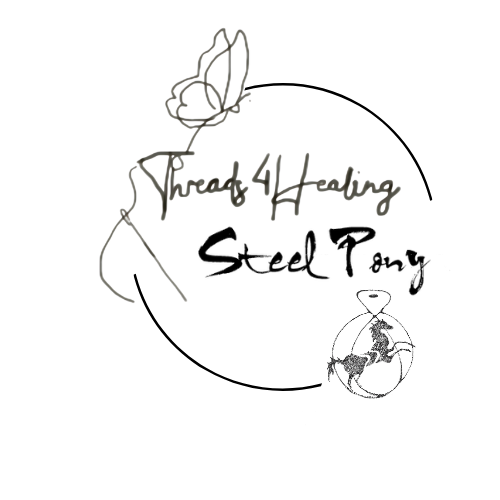
The Art of Stitched Shibori Dyeing: A Blend of Tradition, Skill, and Beauty
Share
Stitched shibori dyeing is a captivating and intricate textile art form that combines traditional techniques with modern aesthetics. This unique method of resist dyeing stands out in the world of fabric crafting for its detailed patterns and rich history. Let's explore what stitched shibori dyeing is, the history behind it, and the labor involved in creating these exquisite textiles.
What is Stitched Shibori Dyeing?
Stitched shibori dyeing is a type of shibori, an ancient Japanese dyeing technique that involves creating patterns on fabric by binding, folding, twisting, or stitching before dyeing. In the stitched shibori method, the design is meticulously hand-stitched onto the fabric using a running stitch. Once the design is complete, the threads are pulled tight, compressing the fabric and creating areas that resist the dye.
The results are striking patterns that can range from intricate, lace-like designs to bold, geometric shapes. The beauty of stitched shibori lies in its unpredictable nature - even with the same method, no two pieces are ever exactly alike.
A Glimpse into the History
Shibori dyeing dates back to the 8th century in Japan, where it was used to decorate kimonos and other traditional garments. The stitched shibori technique, known as maki-nui, gained popularity during the Edo period (1603-1868), a time of flourishing arts and culture in Japan.
Originally, shibori was practiced using natural dyes, with indigo being the most common. This technique eventually spread beyond Japan, influencing textile artists worldwide and merging with other textile traditions to create contemporary interpretations of stitched shibori.



The Labor of Love
Creating stitched shibori textiles is a labor-intensive process that requires a high level of skill and patience. Here's a brief overview of the steps involved:
-
Design Planning: The artist begins by conceptualizing the design and transferring it onto the fabric. This requires a keen eye for detail and an understanding of how the stitches will affect the dyeing process.
-
Stitching: Using a needle and thread, the artist hand-stitches along the design lines. This step is time-consuming as it involves careful, precise work to ensure the stitches are evenly spaced and tight enough to create the resist effect.
-
Gathering and Binding: Once the stitching is complete, the threads are pulled taut to gather the fabric. The areas with stitches will resist the dye, resulting in the distinctive patterns of stitched shibori.
-
Dyeing: The fabric is then immersed in dye. The gathered sections will partially or completely resist the dye, depending on the tightness of the stitches and the type of fabric used.
-
Unstitching and Finishing: After dyeing, the threads are carefully removed, revealing the intricate patterns created by the resist technique. The fabric is then washed and finished, ready to be transformed into anything from garments to home decor.
Appreciating the Value
The value of stitched shibori textiles is profound, not just because of the materials used, but due to the incredible amount of time, expertise, and artistry required to produce each piece. Owning a piece of stitched shibori is like holding a piece of history, culture, and artistic dedication in your hands.
Every thread pulled tight, every dye bath dipped, and every pattern revealed tells a story centuries in the making. The next time you come across a stitched shibori piece, you'll have a deeper appreciation of the artistry and effort involved in creating such a beautiful, enduring craft.

